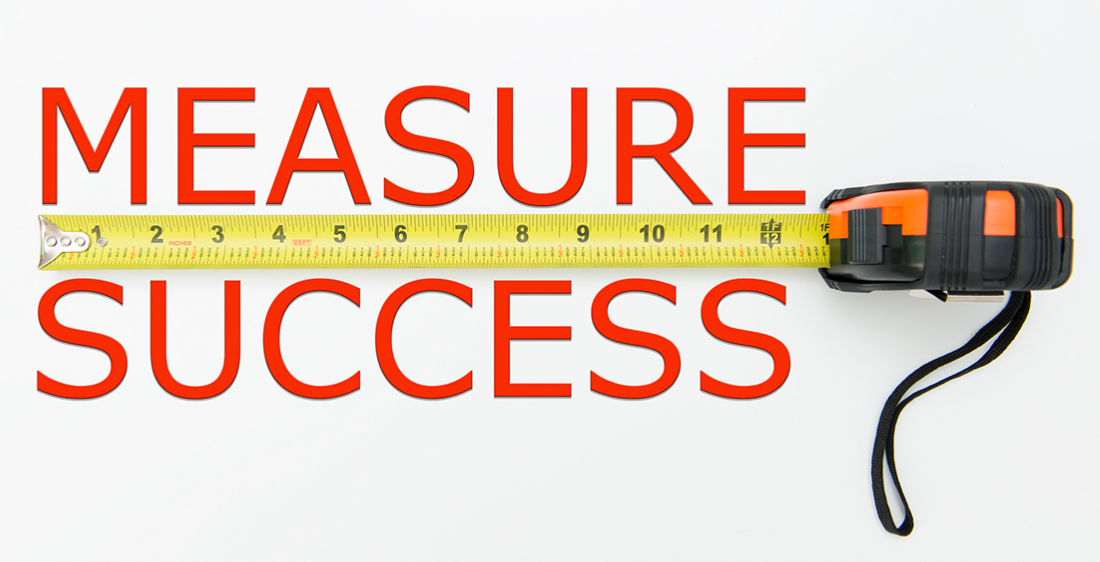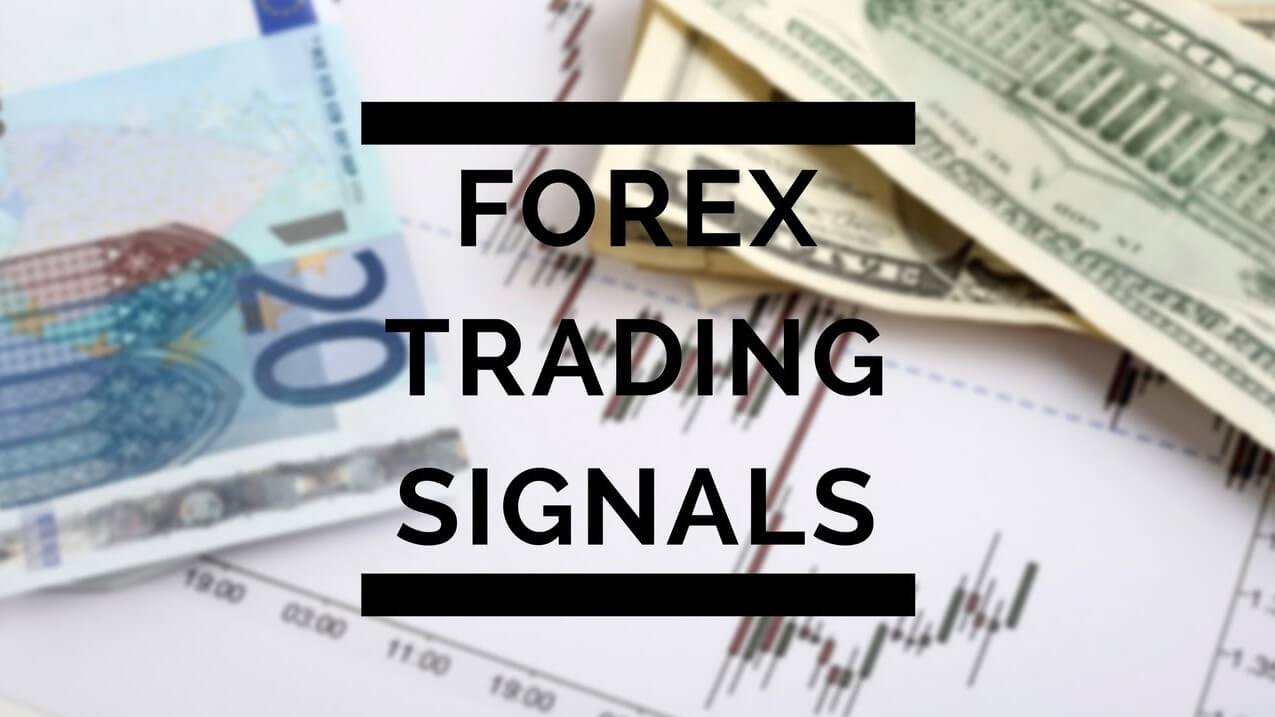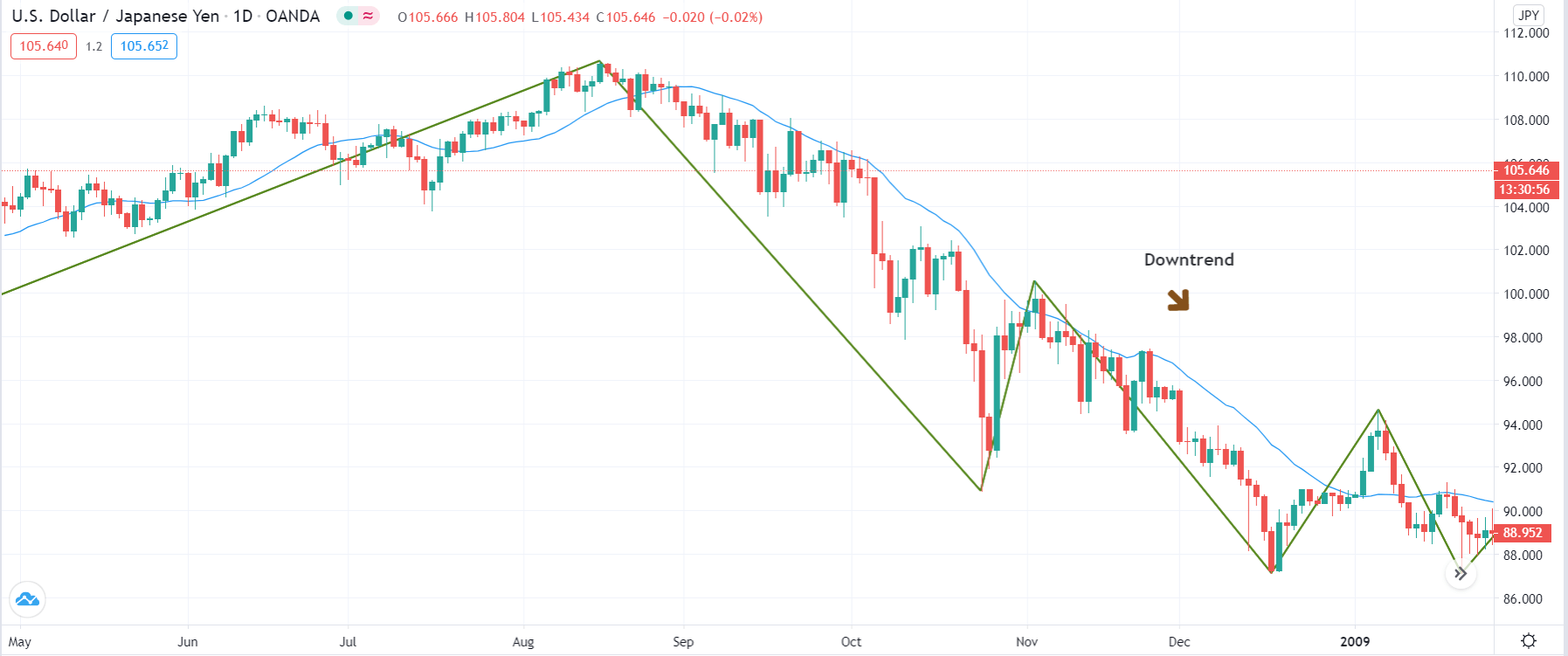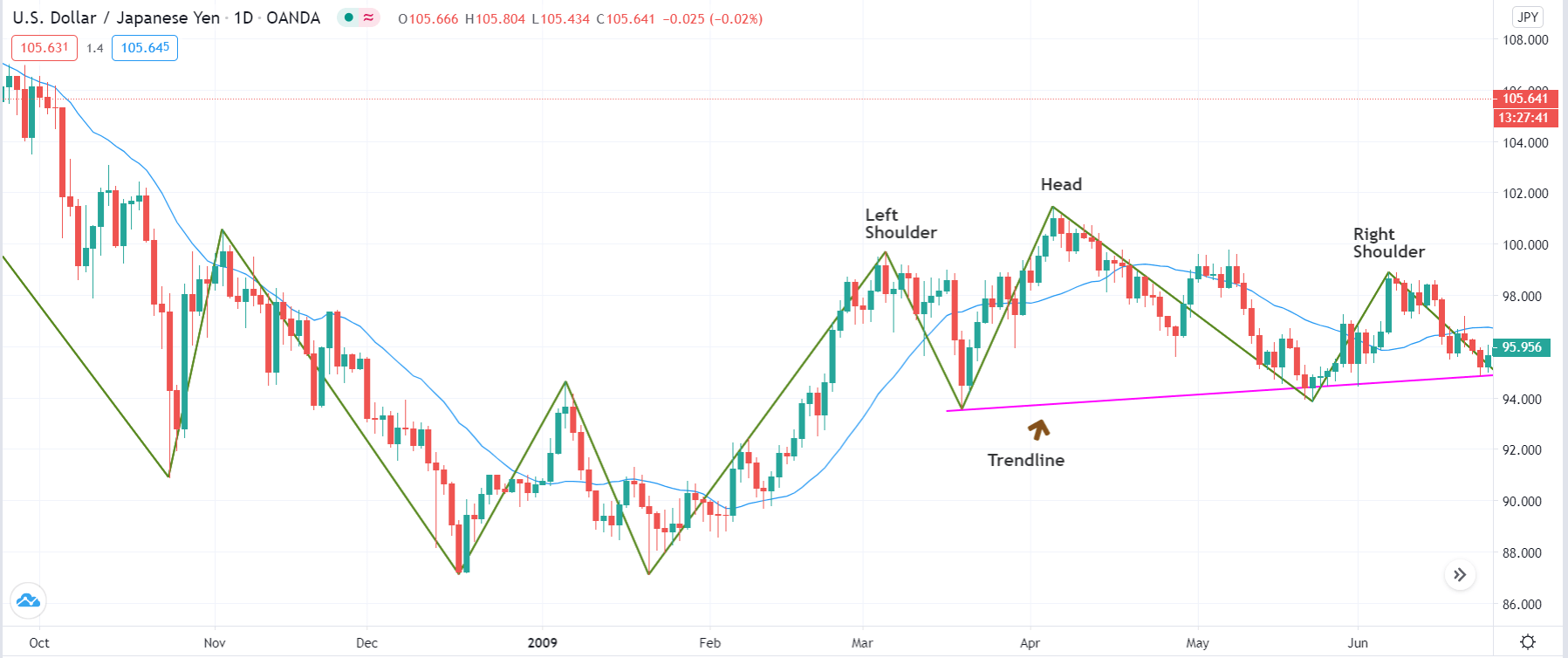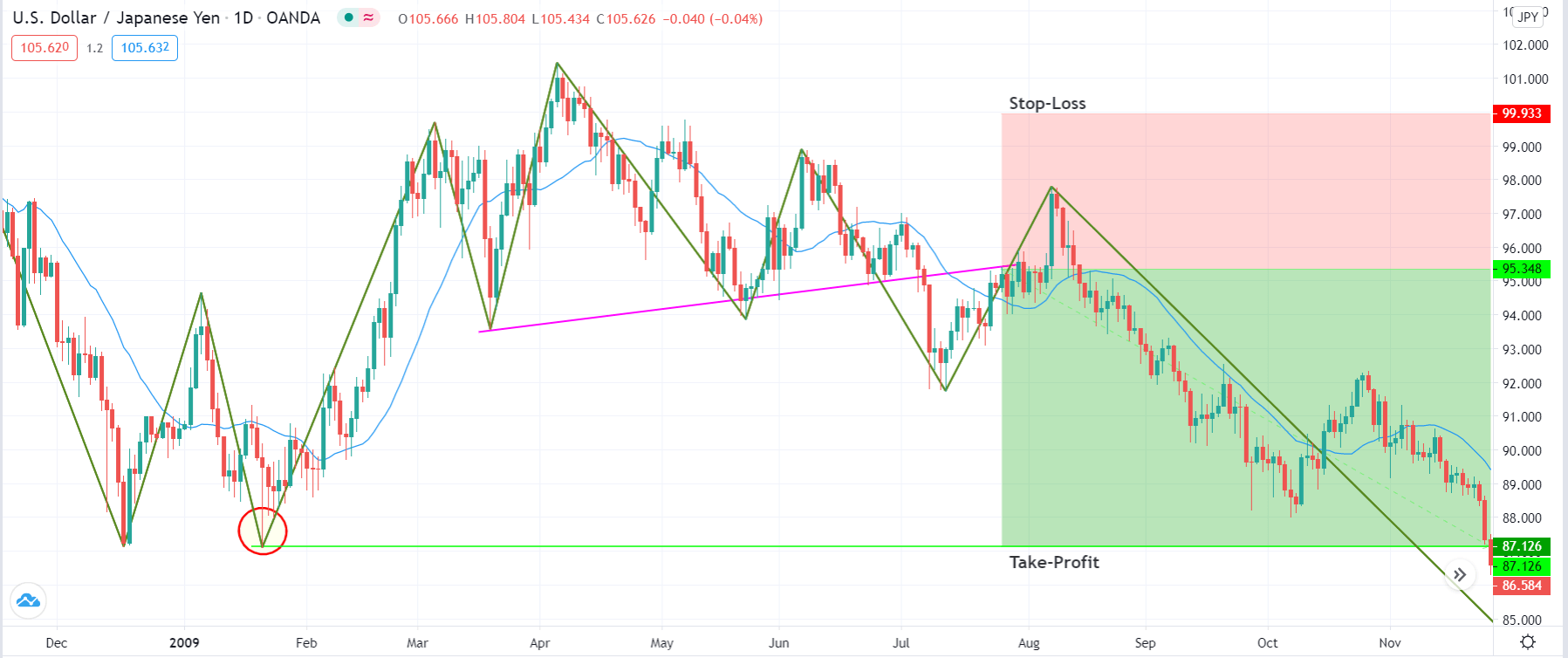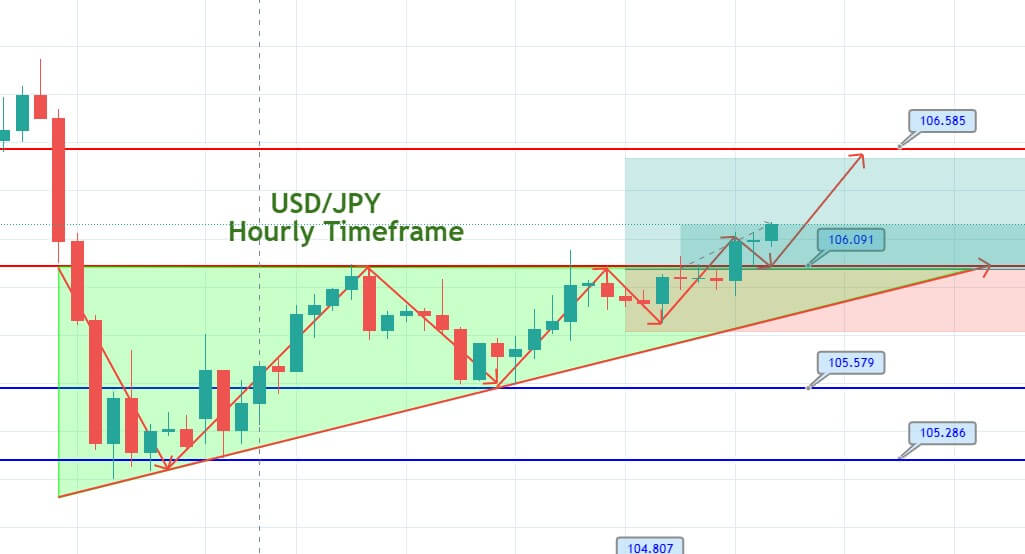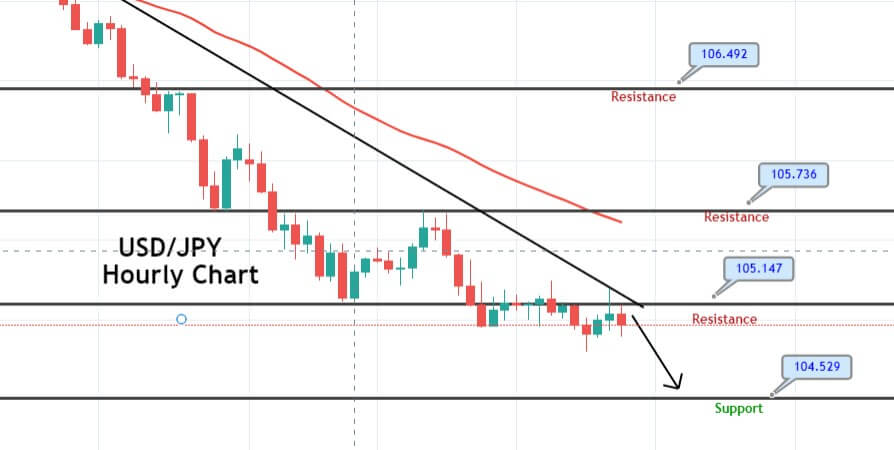Trading signals are becoming big business, really big business. People come into trading these days looking for the easy option and often signals are that. They can be both automated, whereby you simply sign up and that is it, they will do all the trading for you, simply copying the exact same trades as another account. The other option is a more manual style of signals, these signals are there a trader will put them up somewhere, like on a site or in a chat channel, you then need to copy them manually into your account, putting in the trade and the stop losses yourself, a little more work but you have a lot more control over your trades and accounts.
With so many different options out there, there are of course some good signals provided, but also some not so good ones, ones where if you were to follow them, there is a very high chance that you will probably lose most of your money. How do we know which is which though? From the outside, they all look pretty similar, it is someone giving a signal and you are either automatically copying it or manually copying it. Either way, you aren’t doing the hard work. So we need to work out how we can tell whether they are good signals or not, and that is what we are going to be looking at today, how we can evaluate the forex signals that we are looking at before we are actually using them.
Results
The first thing that will be obvious to us is the results of the signals, this is something that we need to be wary of, think about it, if a signal was making a lot of bad trades, would they advertise this? We would highly doubt this. Instead, they would either hold off on showing new results, freezing the results page with the most recent winning trades, they may also simply take out any losing trades from the results, or for the even more dishonest signal providers, they may make up the results entirely. This is something that some of the more shady ones do who only have the intention of stealing your money and not providing you with a good signal service.
One way of getting around this is to look for signal providers that have their results hosted on an independent site, there are various sites out there that can host accounts with their data streams coming directly from the brokers and accounts. This gives you a little extra reassurance that the results are real, but just be aware that some of the really sneaky ones can still manipulate the results, even on one of these verified sites through creating multiple accounts or managing to change the results that are sent to the site.
History
While the current results are great to see, it is also important to work out how they have done in the past, one thing to avoid is a signal provider that is not giving their history, this is most likely due to the fact that they have not done so well, and so they do not wish to show those results. The history of the results is what lets you know how long they have been going and also how consistent they are as signal providers. Once again, these can easily be manipulated and modified so you need to be aware of what is real and what is not, and which ones seem to be a little too good to be true.
Price
Price is a big thing for a lot of people, and it is for signal providers also. There are a number of different payment styles available, where is the one-off payment where a single charge is made for lifetime signals, the subscription model where you pay monthly or yearly for access to the signals, and a profit share, this is where you are expected to pay a percentage of your profits art the end of the month. All three methods have their pros and cons, but which you prefer to use will be up to you.
You also have to look at what the rice actually is, if you are paying $100 a month for a signal that is putting out a single trade signal per month then it is not exactly worth it, you will be spending more money on the signal than you will be making from the trades that it is putting out.
Trade Frequency
Consider how often the signal provider actually gives signals, there is no point in paying for a signal that is only putting out one or two trades a month, this simply won’t make you enough to cover the costs, and the work being put in may not be worth it. You also need to consider those that are putting out too many too, if a signal provider is putting out 10+ trades per day, then this may mean that they are simply throwing out loads of trades in the hope that the majority of them become profitable, both of these styles are ones that you want to avoid, instead looks for ones that are giving out the right amount of trades for the sort of strategies that they are using.
Communication
How are they communicating or is there even a way to get in contact with them? If you have questions, how will you ask them? It is important that there are ways to get in contact with the person that is giving out the signals, they need to be there in order to offer support for those using their signals. If there is not any way to get in touch with them, they are probably not serious about building up their signal or userbase, which probably means that they are not serious about their signals. This is a red flag for us and we would never join one without a way of contacting the provider. If they have methods to contact them, try asking a question or two before signing up, to ensure that they are around and willing to offer.
Other Requirements
You should also consider any other potential requirements that the signal provider sets, some of them put things in place like you needing to use a specific broker under their affiliate link, things like that can be ok, but we prefer to avoid them as it can lead to potential issues, especially as they may be able to manipulate things this way. If they try to put requirements on your accounts or you as a trader, then we would always use a little extra caution.
Those are some of the ways that you can evaluate a forex signal prior to actually using them. As with anything when it comes to money, you will need to ensure that you are aware of what you are doing and who you are giving money to, there are some fantastic signal providers out there, but also some awful ones.

